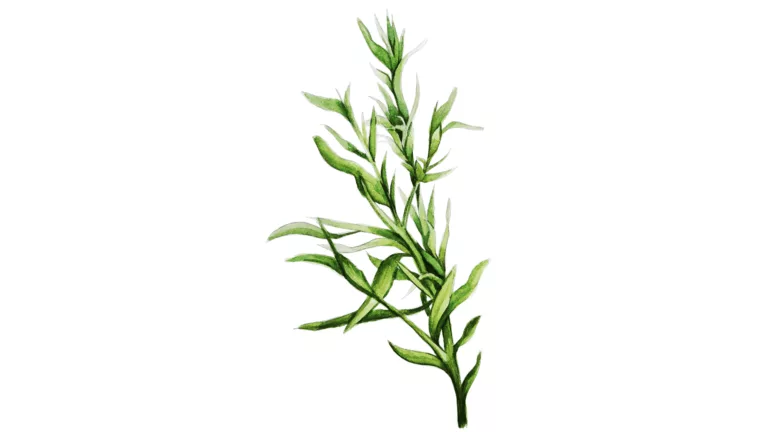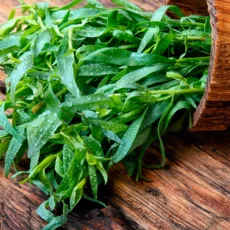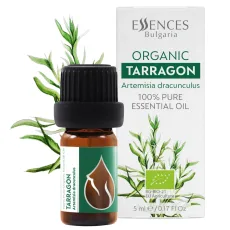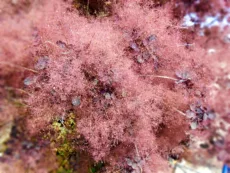Tarragon

Tarragon (Artemisia dracunculus) is one of the best-known spices and a medicinal plant in Tibetan and Arab medicine. The perennial herb is thought to originate from Central Asia and was later brought to the Mediterranean region by the Arabs. Today tarragon is cultivated mainly in Europe, the Middle East, India, and North America.
Tarragon’s delicate grassy flavor has a slight bitterness and somewhat recalls anise. The name “tarragon” is French and comes from the Greek word for a little dragon or snake, dracunculus—hence its other name, “dragon herb.” This stems from the old widespread belief that tarragon could keep these dangerous creatures away and heal snakebites. The plant’s twisted, spiral-shaped roots were also associated with dragons.
In Ancient Greece people chewed tarragon leaves to get rid of toothache. They have a soothing effect due to the high level of eugenol, an essential oil with antiseptic and anesthetic properties. It has also been shown that the plant reduces gum inflammation and bad breath.
The valuable properties of this aromatic perennial are due to the leaves’ high content of essential oils, carotene, and coumarin. Fresh tarragon contains vitamins A, B1, B2, and C, as well as minerals such as potassium, magnesium, iron, and phosphorus, along with tannins and resins.
Tarragon leaves stimulate the appetite and are a lovely garnish for any dish. They reduce the bitterness left by some medicines and normalize the acidity of gastric juice. Tarragon is beneficial for the health of the female reproductive system due to its ability to regulate the menstrual cycle and ovulation, and it is also used as a remedy for infertility.
In folk medicine tarragon leaves are used as a diuretic. Tarragon contains various substances that have a positive effect on the cardiovascular system, helping prevent the buildup of plaques on vessel walls.
This herb with its inimitable anise notes and light citrus aroma is a particularly well-known seasoning in European cuisine, especially in Mediterranean and French cooking. Many French dishes would be unthinkable without tarragon—for example, the legendary Béarnaise sauce or the “fines herbes” blend.








